Turn Your Boring Green ‘Ball’ Into a Beautiful, Flowering Shrub
Many people tell me that they are tired of their boring, round green shrubs. Often, they are surprised when I tell them that those ‘boring’ green balls would actually flower if given a chance.
So, how do you take those boring green balls and turn them into beautiful, flowering shrubs?

‘Green Cloud’ Texas Sage shrubs
The first step is to rejuvenate your green ‘balls’ by severely pruning them back.
Now I warn you, this is an ugly stage. Your shrubs will look like a bunch of sticks poking out of the ground.

Red Bird-of-Paradise shrubs, newly pruned.
This is best done at certain times of the year, depending on what type of flowering shrub you have. For example, if you severely prune summer-flowering shrubs back in December, you will have to wait a long time for them to leaf out, once the weather warms.
I pruned the ‘Rio Bravo’ Sage (Leucophyllum langmaniae ‘Rio Bravo’) shrub below in March and by early April, it had already begun to produce new branches.
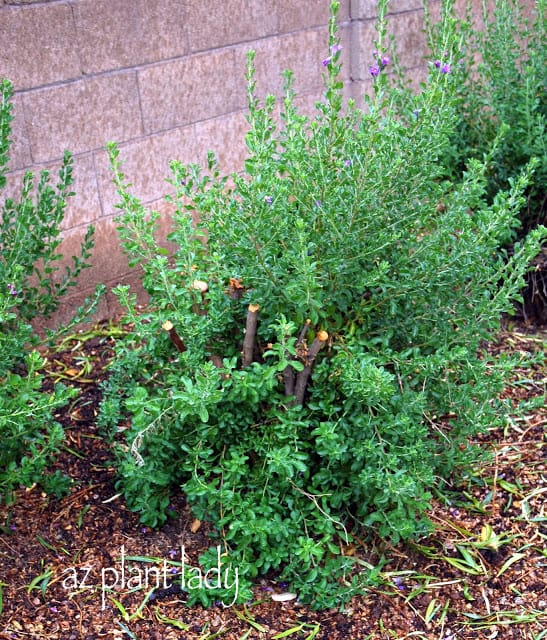
‘Rio Bravo’ Sage, 1 month after severely pruning.
So, when should you prune your shrubs?
Here is a list of some of the most common shrubs in the low desert and when they should be pruned. (If you live in the high desert, you can adjust the timing by a month or so later.)
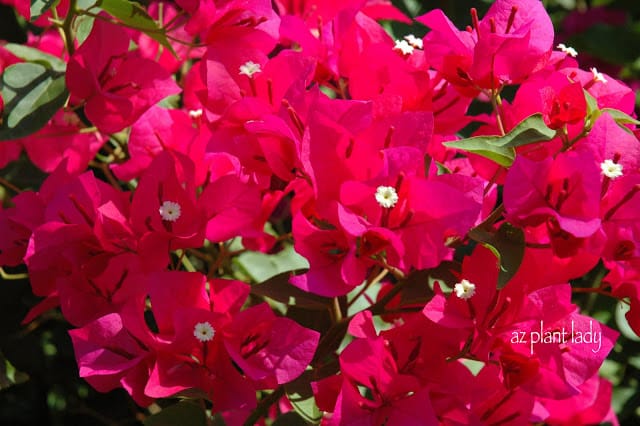
Bougainvillea
Bougainvillea (Bougainvillea species) – March
Red Bird-of-Paradise (Caesalpinia pulcherrima) – March
Baja Fairy Duster (Calliandra californica) – March
Cassia species (Senna species) – May (once flowering is finished)
Brittlebush (Encelia farinosa) – June
Valentine Bush (Eremophila maculata ‘Valentine’) – May
Texas Sage (Leucophyllum species) – March
Oleander (Nerium oleander) – May or June
Yellow Bells (Tecoma stans) – March
Cape Honeysuckle (Tecomaria capensis) – March or April
If you look closely at the list above, you can see that in most cases these shrubs are either pruned once they have finished flowering OR just after the danger of frost is over in the spring.
The reward for your efforts is a beautiful, flowering shrub like the ‘Green Cloud’ Texas Sage, below.
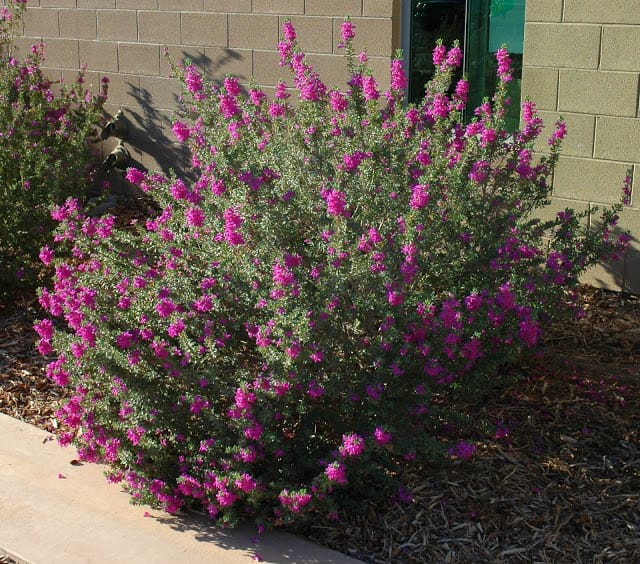
‘Green Cloud’ Texas Sage
If your shrub is getting a bit large later in the year, you can prune it using hand pruners and removing no more then 1/3 of the growth. Just be careful not to use hedge-trimmers.
So, do you have to prune your flowering shrubs severely every year?
Absolutely not.
As long as your shrub is attractive and not outgrowing its space, you can save severe pruning for every 3 years or so, which will remove older branches and cause new ones to grow in their place. This is what I do in my own garden.
Want to learn about pruning flowering shrubs the right way? I invite you to check out my popular online pruning workshop. I’ll teach you how to maintain beautiful flowering shrubs by pruning twice a year or less.

 Noelle Johnson, aka, 'AZ Plant Lady' is a author, horticulturist, and landscape consultant who helps people learn how to create, grow, and maintain beautiful desert gardens that thrive in a hot, dry climate. She does this through her consulting services, her online class Desert Gardening 101, and her monthly membership club, Through the Garden Gate. As she likes to tell desert-dwellers, "Gardening in the desert isn't hard, but it is different."
Noelle Johnson, aka, 'AZ Plant Lady' is a author, horticulturist, and landscape consultant who helps people learn how to create, grow, and maintain beautiful desert gardens that thrive in a hot, dry climate. She does this through her consulting services, her online class Desert Gardening 101, and her monthly membership club, Through the Garden Gate. As she likes to tell desert-dwellers, "Gardening in the desert isn't hard, but it is different."
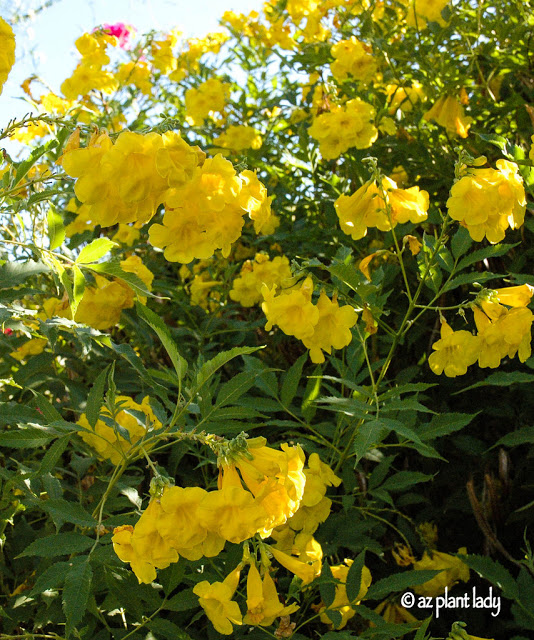

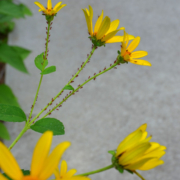

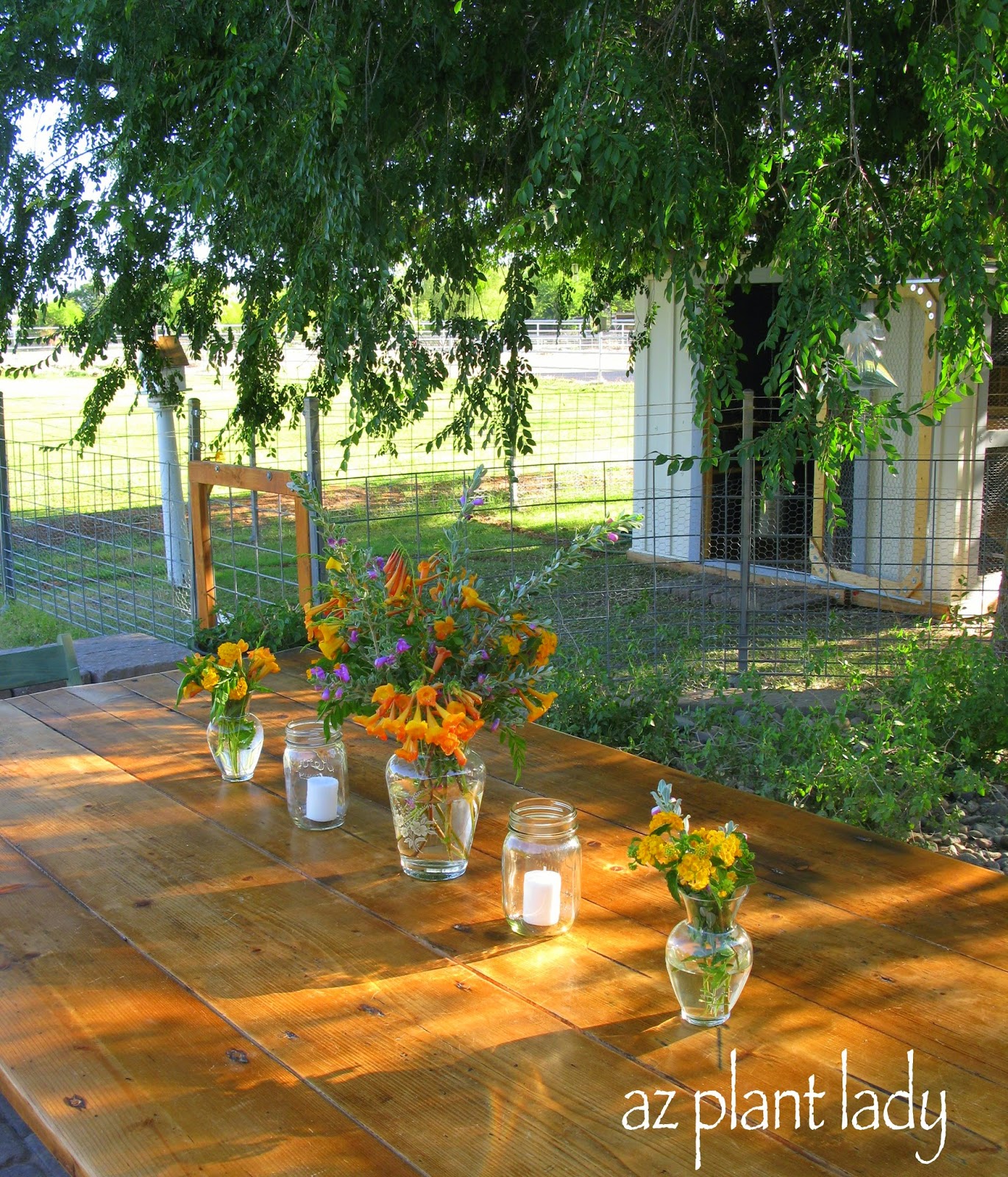







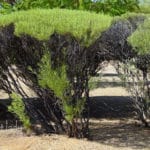
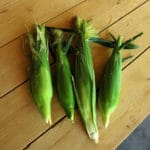
Great tips! This year was especially difficult, but everything is finally showing off its true colors in the garden. The Texas Rangers right now are gorgeous!
There is just no comparison whatsoever between the Texas Sage trimmed like a green golf ball and when it's left to do its own thing! Such a beautiful shrub in full bloom.
I wish our client saw it that way!
I so enjoy your blog! Does rosemary respond the same to a serious pruning? and what month should it be pruned?
great tips! I love the Bougainvillea.
Cassy from Guitar Made Easy
Uh-oh, I'm inspired to tackle the green ball on the side of the house, left untouched since we moved in. It's not a native, but it does produce a few tiny, white flowers. Time to figure out what it is!
I hack back the chamisa (rabbit brush) each year. What a chore!
I just planted 4 Texas sages so thanks for the tips.